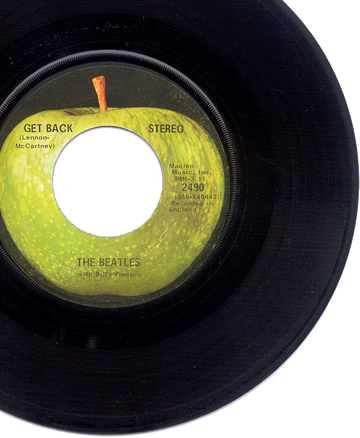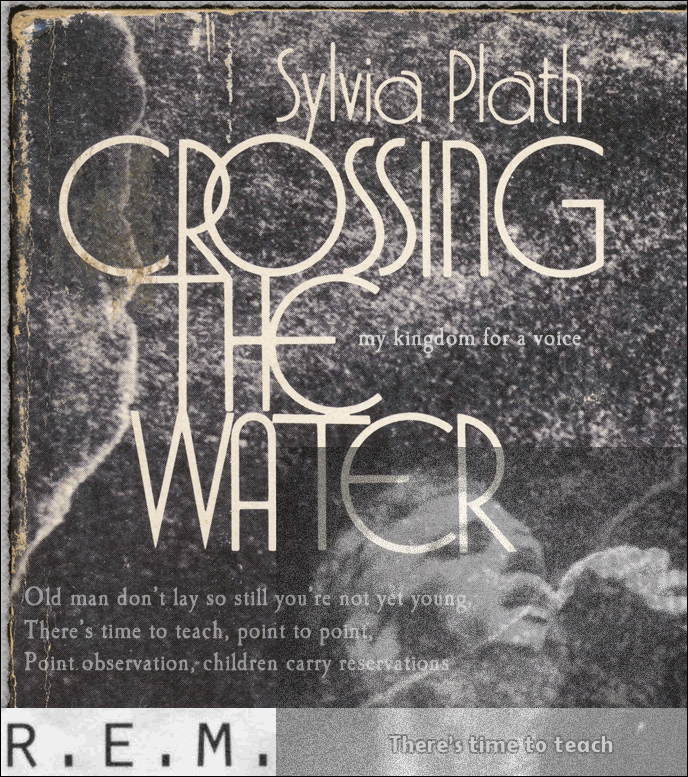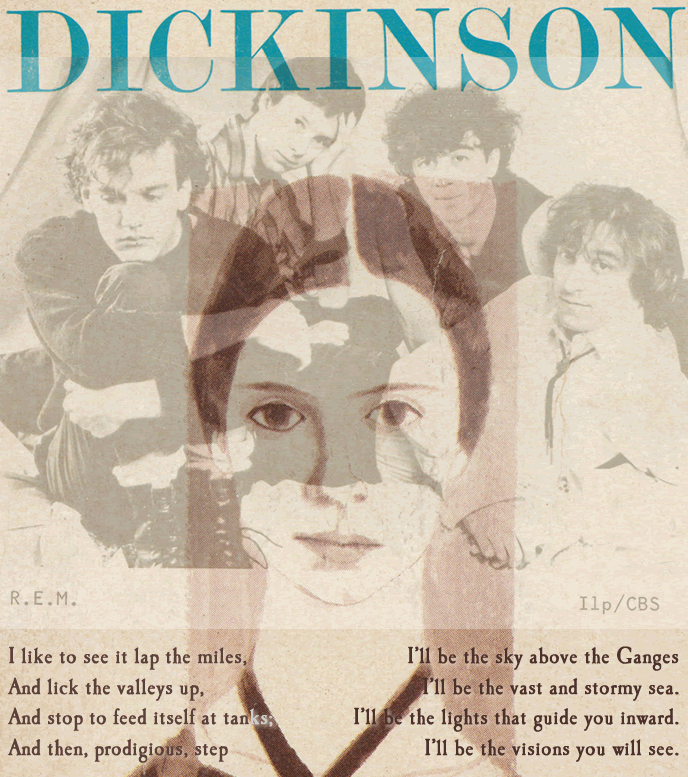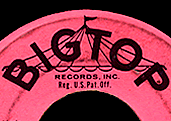



By P. L. Thomas
Moore, South Carolina
Tuesday, October 28, 2014
About seven years after laughing when my sophomore-year English teacher, Lynn Harrill, suggested I consider being a teacher, I sat in his chair and room as the teacher of record in the high school where I graduated — beginning an 18-year career as an English teacher. Naïve and far more arrogant (I hate to admit) than self-aware, I entered the teaching of English with two very clearly defined goals: (i) to teach students to write, and (ii) to provide students opportunities to discover the wonderful world of words — reading — that I believed formal schooling often ruined.
More than thirty years have passed since those first (sometimes ugly) years in the classroom. Memories of those times came to mind recently when I was sitting in my university office, conferencing with a first-year student about her second essay of the semester.
Our talk turned to books — notably, because my office contains walls of books, stacks of books, and a rolling cart of books. My student became animated and asked if I’d ever read Sylvia Plath’s The Bell Jar, so I asked if she had read Ann Sexton and Adrienne Rich. And here is where my heart sank because this student — filled with the joy of reading — carefully explained how she had discovered poetry on her own and how school had led her to think she did not enjoy poetry.

Looking back on the early years of my teaching career, I reflect on how and why I came to teach poetry through song lyrics — specifically through the alternative rock group R.E.M. The R.E.M. poetry project I label as “There’s time to teach” — a line from “King of Birds” off R.E.M.’s Document [1987] — began while I was teaching high school in the 1980s and continued into the early 2000s. I have since transferred those lessons onto a blog and invite you to have a look: There's time to teach.
For our LitTunes audience, I want to highlight how the lyrics of R.E.M. provide excellent entry points into poetry and also open a wider avenue leading to a lasting love of language and reading in its most liberal use, including listening to music.
My journey to becoming an avid reader and writer illustrates a fundamental problem about traditional education: I acquired my passion for language in spite of my formal schooling. A significant leg of that journey took place away from the classroom through my interest in collecting, reading, and drawing from Marvel comics throughout the 1970s.
Another part of my journey followed my love for popular music albums — what people now call vinyl. I was always fascinated by lyrics. It was a great disappointment when I discovered that a new album did not include lyric sheets.
 After I began to teach, I quickly became convinced that the greatest enemy of a student’s love for reading and writing is the textbook — those mass-produced literature anthology tomes and horrifying grammar texts. Over the first few years of teaching I found the antidote by creating my own texts on PageMaker and photocopying them for my lessons, allowing me to control reading assignments and fine-tune methods for presenting language to my students.
After I began to teach, I quickly became convinced that the greatest enemy of a student’s love for reading and writing is the textbook — those mass-produced literature anthology tomes and horrifying grammar texts. Over the first few years of teaching I found the antidote by creating my own texts on PageMaker and photocopying them for my lessons, allowing me to control reading assignments and fine-tune methods for presenting language to my students.
One of the first artifacts of that experiment was my writing textbook, now published as Vivid Language: Writer as Reader, Reader as Writer (2001) and posted as a blog, Conventional Language. My students over the years dubbed it the DGB — cleaned up from “damned good book.”
The other major experiment was my poetry unit, “There’s time to teach,” using the songs of R.E.M. My literature units were genre-based and form-based: non-fiction essays, the first quarter; poetry, the second; short stories, the third; and novels and drama, the fourth. By shifting the poetry unit away from the textbook, I added poets and poetry often ignored in the traditional high school canon — James Dickey, for example, and a number of young poets not yet anthologized. I also expanded the number of women and poets of color.
Two decades of experience demonstrated that avoiding textbooks enhanced my students’ responses to reading and writing. I also learned valuable lessons about problems related to reading and writing assignments — in particular, I learned to reduce the length of assignments while increasing choices and options for both reading and writing.
Although I learned that the textbook was but one of several problems with traditional and formal approaches to teaching English, I did find that I could salvage poetry with units driven by popular music, even though my students in upstate South Carolina preferred country music and rarely knew or appreciated anything about R.E.M.
As noted, my classroom experience provided important insights. One of the most valuable is the realization that my love and appreciation for specific works may not be received with equal love and appreciation by my students. As the old saw goes, “There’s no accounting for taste.”
For example, while teaching a survey of American literature course for 18 years, I learned that my students tended to like Fitzgerald while I preferred Hemingway. So my first caveat here is not that we should replace assigning specific works of poetry with assigning specific music groups or songs. We need to be flexible and sensitive to the cultures of our students. By arbitrarily assigning and deciding for students, a teacher is likely to squelch the ultimate goal of leading students to discover that they enjoy and even love the written word.
That said, I chose R.E.M.’s catalogue of music as entry points into studying poetry — and rediscovering poetry for my students — for several key reasons. First, since R.E.M. were active musicians who did interviews and became popular on MTV, I had ample evidence to show students that R.E.M.’s music and Michael Stipe’s lyrics were purposeful and serious.
Students often balk at text analysis because much of it seems fabricated by the teacher, but having Stipe and other members of R.E.M. directly mention the care and craft behind their songs was a powerful mechanism for helping students become more willing and adept at confronting text in purposeful ways.
R.E.M.’s participation in the music video boom in the 1980s and 1990s allowed me to start my adventure with genre and medium that I continue today. I often used a standard process that included the following:
1) students listen to a song, such as “Losing My Religion”;
2) students listen again with the lyrics at hand, marking key words or phrases;
3) students discuss the song’s lyrics;
4) we watch a music video and discuss that medium as an adaptation of the song;
5) and we conclude by linking the discussion to poems — for the tune “Losing My Religion,” we often explored the poetry of e.e. cummings.
Our studies were attuned to purpose and craft. We emphasized rich and complex experiences with language.

As I have examined previously (Thomas, 1998), Stipe’s lyrics are ideal for helping students become intrigued with language and more sophisticated in making sense of challenging constructions.
Like Emily Dickinson, Stipe is often elliptical — leaving out as much as he offers. An interesting dynamic is that popular music fans throughout most of R.E.M.s career, especially as the Internet exploded, were fascinated with deciphering Stipe’s lyrics. The band’s refusal to include lyric sheets with their album releases during the early years seemed to heighten interest in the text. One had to listen and take notes, or memorize.
This style of intense and personal investigation of text is often shunned in school when the text is poetry in a textbook.
So, by building and entering into a community of music fans, we as teacher and students successfully raised a community of poetry enthusiasts in my classes.
Former students (often on Facebook) recall with fondness how their fandom of R.E.M. and music in general began in my class. My aim wasn’t to create R.E.M. fans, but to inspire students to cultivate a love of language and ultimately to gain personal power over language instead of language having power over them.
We tried to erase the snobbery about language one encounters much too often in formal schooling. Together we enjoyed large and complicated explorations of text in a variety of genres and media.
As I write this meditation, I'm reminded of the inevitability of change. R.E.M. has disbanded. I no longer teach English. But the joy and power of purposeful language remains vibrant and important. I keep my original commitment alive, I think, on the blog in hopes of inspiring others to read and to write — and if so inclined, to teach … because … “there’s time to teach.”
 Conventional language. Academic and scholarly writing: A guide for students and writers.
Conventional language. Academic and scholarly writing: A guide for students and writers.
(n.d.). Retrieved from http://conventionallanguage.blogspot.com/
 "There's time to teach": Entering the world of literature through the music of R.E.M.
"There's time to teach": Entering the world of literature through the music of R.E.M.
(n.d.). Retrieved from http://therestimetoteach.wordpress.com/
 Thomas, P.L. (1998, March). “It Beckons, and It Baffles—”: Resurrecting Emily Dickinson (and Poetry) in the Student-Centered Classroom. English Journal, 87(3), 60-63.
Thomas, P.L. (1998, March). “It Beckons, and It Baffles—”: Resurrecting Emily Dickinson (and Poetry) in the Student-Centered Classroom. English Journal, 87(3), 60-63.
P. L. Thomas, Associate Professor of Education at Furman University, taught high school English in South Carolina before moving to teacher education. He is currently a column editor for English Journal (National Council of Teachers of English) and co-editor of Social Context Reform (Routledge). Follow his work at http://radicalscholarship.wordpress.com/ and @plthomasEdD.
Let's hear from you!
Share you classroom experiences,
the joys and little daily triumphs of teaching,
the good ideas that come to you
as you creatively make your way
through another challenging school day.
LitTunes warmly accepts contributions
from our readers. Here's our address:
chris@littunes.com

LitTunes was launched in 2007.
We invite you to come back often.
You are warmly invited to participate, too.
Contact Chris Goering by E-mail at chris@littunes.com